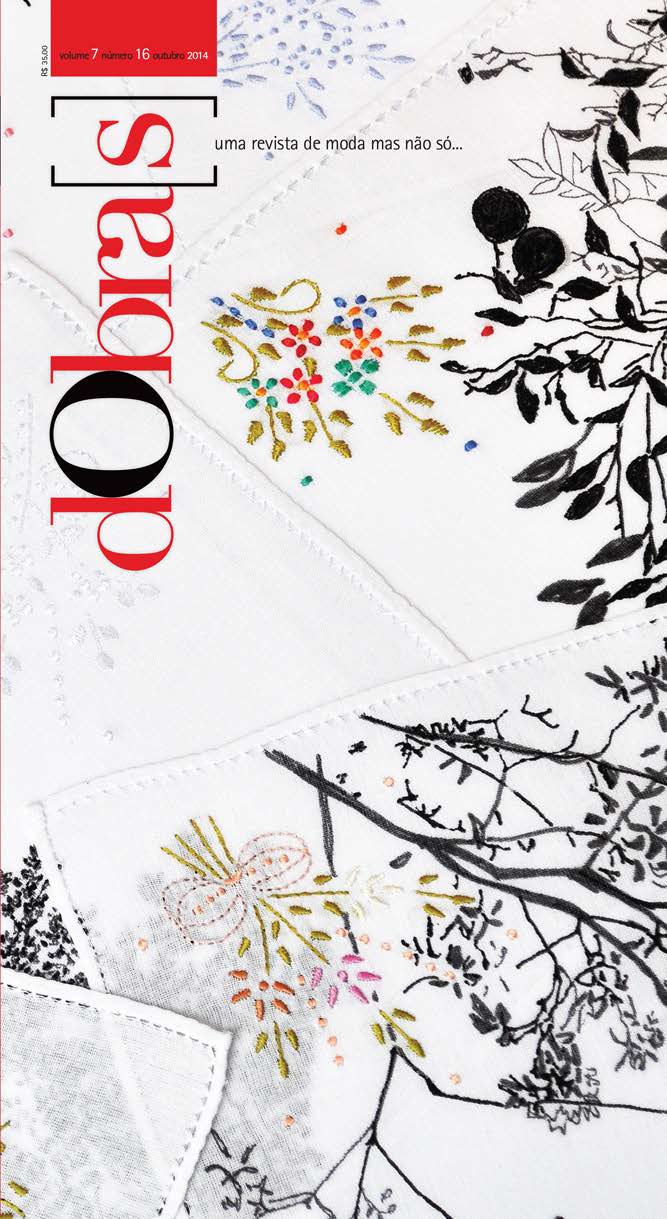As marcas adquiriram sex appeal
DOI:
https://doi.org/10.26563/dobras.v7i16.37Palavras-chave:
marca, sex appeal, emoção, consumo.Resumo
De um modo sucinto, tentamos refletir como nos relacionamos com as marcas, como estas nos aparecem como derradeiros refúgios de liberdade. Espécie de upgrads que visam colmatar espaços em branco da nossa existência estilhaçada. Falar de marcas é falar de afetos, emoções, sensações, desejos. É falar sobre relação estranha que estabelecemos com as coisas. Desenvolvemos uma ligação cada vez maior com as marcas, cultivamos, veículos intensos. Assim, a razão tecnocientífica, que tinha a pretensão de dessacralizar o real, foi explorando outras formas de sagrado, produzindo novas mitologias.
Downloads
Referências
AAKER, D. Building strong brands. United Kingdom: Simon & Schuster, 2002.
BAUDRILLARD, J. A sociedade de consumo. Lisboa: Edições 70, 1995.
______. O sistema dos objetos. São Paulo: Perspectiva, 2000. BAUMAN, Z. Modernidade líquida. Rio de Janeiro: Jorge Zahar, 2001.
______. Vida para consumo. Rio de Janeiro: Jorge Zahar, 2008.
BENJAMIN, W. Paris, capitale du XIXe siècle: le livre des passages. Paris: Cerf, 1993.
BRUCKNER, P. A euforia perpétua: ensaio sobre o dever da felicidade. Lisboa: Notícias, 2002.
CASTILHO, K.; MARTINS, M. M. Discurso da moda: semiótica, design e corpo. São Paulo: Anhembi Morumbi, 2008.
CLIFTON, R.; SIMMONS, J. Brands and Branding. London: Profile Books, 2003.
DEBORD, G. A sociedade do espetáculo. Lisboa: Mobilis in Mobilem, 1991.
DELEUZE, G. O anti-Édipo: capitalismo e esquizofrenia. Lisboa: Assírio & Alvim, 1966.
ELIADE, M. Mito do eterno retorno. Lisboa: Edições 70, 1981.
______. O sagrado e o profano. Lisboa:LBL,[19--].
FEATHERSTONE, M. Consumer culture and postmodernism. Los Angeles: Sage, 2007. DOI: https://doi.org/10.4135/9781446212424
______.Undoingculture: globalization,postmodernismandidentity. London: Sage,1997.
GUSDORF, G. Mythe et métaphysique. Paris: Flammarion, 1953.
KAPFERER, J.; BASTIEN, V. The luxury strategy: break the rules of marketing to build luxury brands. United Kingdom: Kogan Page, 2009.
KAPFERER, J. Marcas: capital de empresa. Lisboa: CETOP, 1991.
LEE, M. Fashion victim: our love-hate relationship with dressing, shopping and the cost of style. New York: Random House, 2003.
LIPOVETSKY, G.; JUVIN, H. O Ocidente mundializado: controvérsia sobre a cultura planetária. Lisboa: Edições 70, 2011.
______. L’empire del’éphémère: la mode et son destin dans les societies moderns. Paris: Gallimard,1987.
MAFFESOLI, M. L’instant éternel: le retour du tragique dans les sociétés postmodernes. Paris: Denoël, 2000.
MARCUSE, H. El hombre uni dimensional. Barcelona: Ariel, 1994.
MARTINS, M. Crise no castelo da cultura: das estrelas para os ecrãs. Coimbra: Grácio, 2011.
______ A razão comunicativa nas sociedades avançadas. In: Rumos da sociedade da comunicação. Lisboa: Vega, 2005, p. 51-57.
NORMAN, D. Emotional design: why we love (or hate) everyday things. New York: Basic Books, 2004.
OLINS, W. A marca. Lisboa: Edições 70, 2005.
PERNIOLA, M. Do sentir. Lisboa: Presença, 1993.
______. O sex-appeal do inorgânico. Coimbra: Ariadne, 2004.
SEMPRINI, A. A marca pós-moderna: poder e fragilidade da marca na sociedade contemporânea. São Paulo: Estação das Letras e Cores, 2010.
______. El marketing de la marca. Barcelona: Paidós, 1995.
WOLF, M. The entertainment economy: how mega-media forces are transforming our lives. New York: Times Book, 1999.










